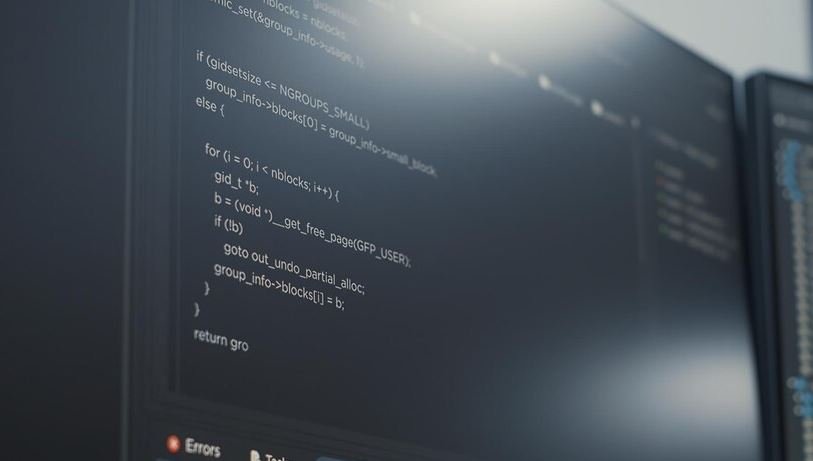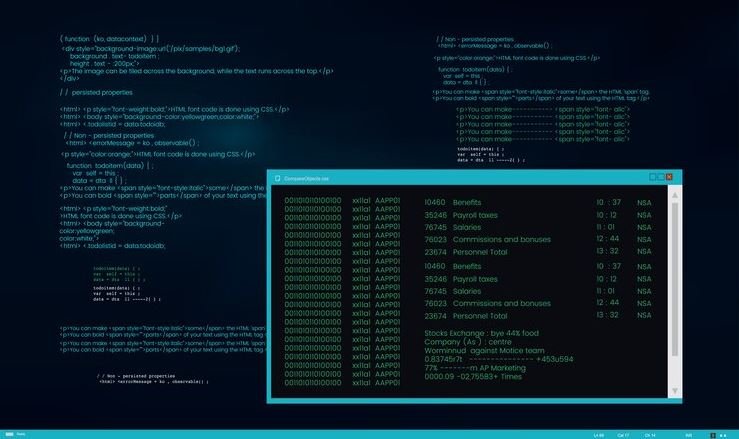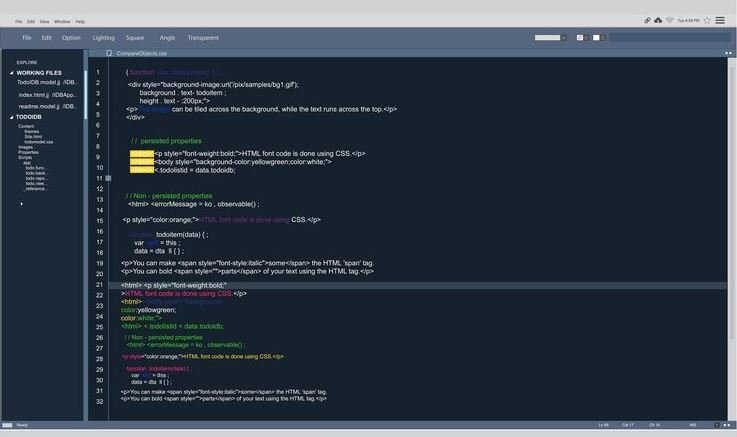Git is one of the most popular version control systems that developers use to track the changes in a code and to collaborate on projects. It means creating and managing repositories, making changes, committing them, and pushing them to remote servers such as GitHub or GitLab.
But when using Git, you can run into error messages that might be confusing, particularly if you’re new. One such error: src refspec main does not match any.
When you try to push the changes to Git repo something goes completely wrong with a branch This error occurs Although the error may sound complicated, it’s often pretty straightforward to fix once you work out the cause.
What Does the Error Mean?
The error “src refspec main does not match any” means that Git can’t find a branch named main in your local repository. The reference spec is often referred to as refspec, which means that tells us, which branch or commit we want to push or pull. When Git cannot find the provided branch, it will return this error.
For example:
git push origin mainHe tries to push from the main branch to the remote repo with this command: Git will produce this error if the main branch does not exist locally.
Why Does This Error Happen?
The error occurs for a few different reasons:
- No Commits in the Repository: Typically, the repository doesn’t have any commits, which means that there’s nothing to push.
- Incorrect Branch Name: You mentioned a branch that you don’t have localized.
- Weird Default Branch: Some repositories use different default branch names, such as master or develop, instead of main.
- The issue related to initializing the repository not properly or not being configured properly.
Understanding these causes helps you find the correct solution.

Steps to Fix error: src refspec main does not match any
Here’s how to fix the error. Then verify your Git repository works as expected with the following steps:
1. Check for Initial Commits
You must have at least one commit in your repository before you can push changes. Git has no content to push, which causes the error if your repository is empty.
To create an initial commit:
Add files to the staging area:
git add .Create a commit:
git commit -m "Initial commit"After making the initial commit, try pushing again:
git push origin main2. Verify the Branch Name
Make sure that the branch you’re trying to push exists locally. Old repositories normally have a branch named which Git creates by default, master. More recent repositories have the main set as the default branch.
To check your current branch, run:
git branchIf you have it master, you can either push master or rename it to main.
To push the master branch:
git push origin masterTo rename the master branch to main:
git branch -m master main
git push origin main
git push --set-upstream origin main3. Initialize the Repository
Git won’t recognize the branch or commit history if the repository isn’t initialized properly. To initialize the repo, execute:
git initThis command creates the. Git directory, which Git needs to record changes. Once you have initialized it, add files, make a commit, and push:
git add .
git commit -m "Initial commit"
git push origin main4. Confirm the Default Branch on the Remote
Look up for default branch name you would like to use in the remote repository (There are some cases when the remote repository can have a different branch name instead of the main.)
To view the remote branches:
git ls-remote --heads originIf you see a branch named, for example, master or develop, push your changes there:
git push origin masterYou can also replace the remote default branch with the main through settings in your repository on GitHub or GitLab.
5. Set the Upstream Branch
If your local branch doesn’t have a corresponding remote branch, Git won’t know where to push the changes. Run the following command to set the upstream branch:
git push --set-upstream origin mainThe command links your local main branch to the remote main branch.
6. Check Git Version
Older Git versions may not have main as the default branch name. To work with modern repositories, update Git to the latest version.
To check your Git version:
git --versionTo update Git:
On Linux:
sudo apt update
sudo apt install gitOn macOS:
brew update
brew install git
Common Mistakes to Avoid
Below are some mistakes that result in this error and all you need to do to avoid them:
- Pushing With No Commits: Always ensure you have at least one commit in your repo when you go.
- Another tip for pushing code to Github If You Are BeginnerPushing code to Github But you are mis-spelling your branch name.
- Not Initializing The Repository: If your repo is not initialized, run git init.
- Misconfigured Remote URLs: Verify that the remote URL points to the right place.
Best Practices for Using Git
Check the current branch and remote configuration before pushing changes
- Write meaningful commit messages to track your work.
- Again to avoid compatibility issues, keep your Git up to date.
- After you create or clone a project, verify that your repository is set up.
Conclusion
If Git cannot find the branch you are trying to push, we encounter the error “error: src refspec main does not match any” Although the solution sounds technical, the solutions are simple.
To fix this and successfully push your changes, you’ll have to make an initial commit, check the branch name, and set the upstream branch. By knowing what these issues are caused by, and how to follow this simple guide, you will ensure successful collaboration and version control in your projects.
Git becomes easier to interact with after you are used to using it, allowing you to write good code without having to double-check errors.



